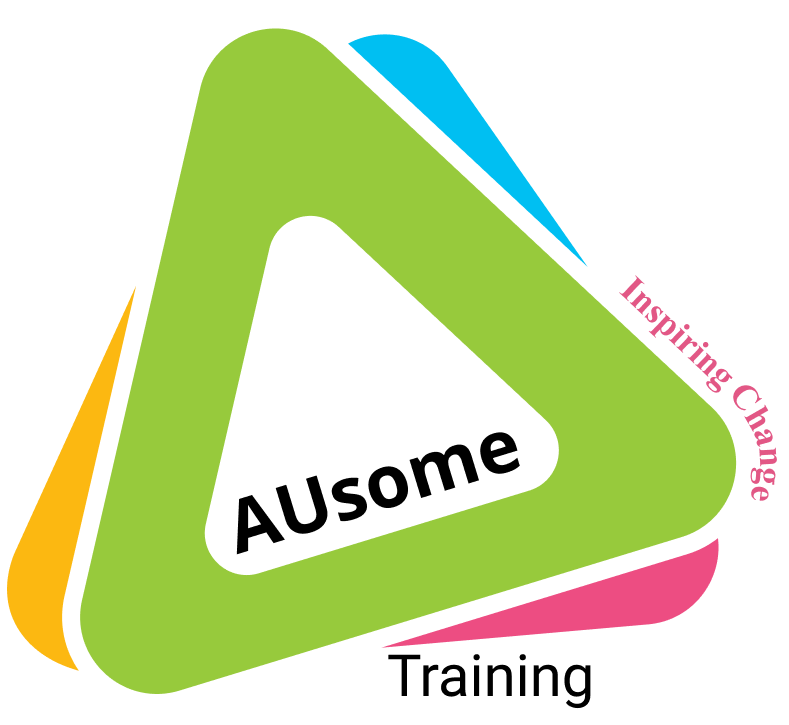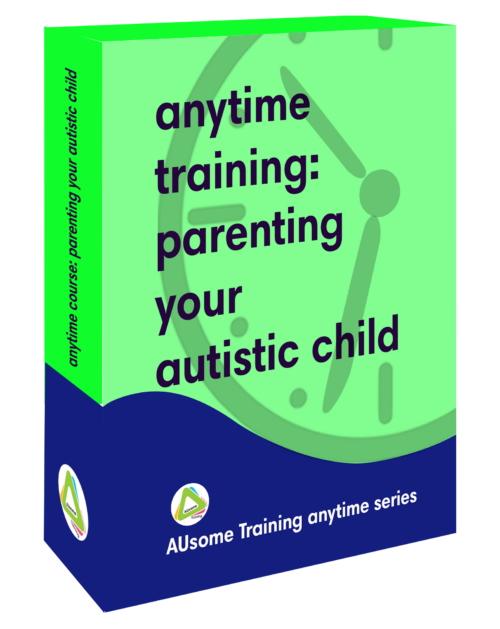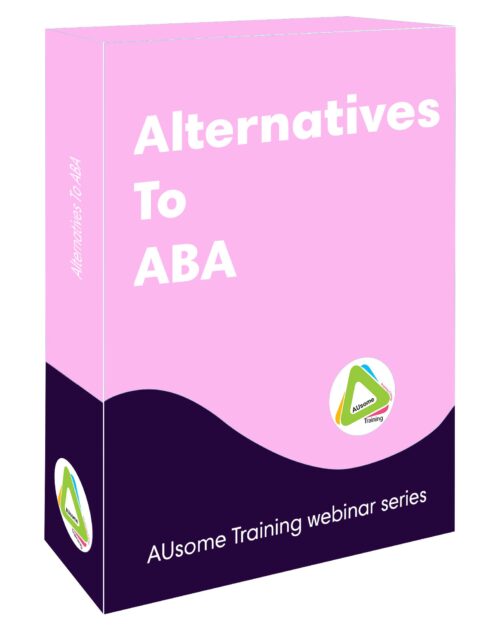Description
Stimming is often described as “stereotypical repetitive movements” in autism. It is also described as “self stimulatory behaviour”. There is much written about autism and stimming but very little about human stimming. In fact we don’t have a specific term for human stimming. Autism professionals have long thought that Autistic people stim to self regulate. But stimming is so much more than that.
Common types of stims are:
- Handflapping
- Pacing
- Humming
- Repeating on line of a song
- Gazing
- Staring
- Finger tapping
- Head movements
- Doodling
- Spinning
- Twirling your hair
- Finger clicking
In this course Stiof Macamhalghaidh looks at stimming as a normal human behaviour. They look at redefining what stimming means and draw on everyday examples of human stimming.
Stiof Macamhalghaidh is the creator of The Munster Model of Autistic Living which combines research and current theories to explain the Autistic way of being.
Stiof explores Stimming as a complex and intricate part of Autistic Communication and Learning. Understanding stims can give you an insight into the internal world of the Autistic child or adult. It’s key to understanding our non-verbal communication, how we learn and how we interact with our world.
This course explains the many functions behind stimming and what the Autistic person is communicating through their stims. Stimming is Autistic language. We communicate through movement and sounds first. Words are our second language.
Professionals will talk about inhibiting stimming or redirecting stimming. Some will use words like “resorting” to stimming but these sorts of comments just illustrate the lack of understanding and insight around this human behaviour. It’s important to understand the reasons why Autistics stim. It’s a natural way we have a processing our environment. If others interfere with our stims then it can lead to sensory overload. Rather than deeming it inappropriate we need to understand it.
Course Length 2hr









